Spring is a short season in Vietnam which lasts from February to April. It’s not too hot or not too cold during spring, thus it’s the best time for visiting Vietnam in spring. Spring is also the season of a variety of festive and the Tet holiday is one of the biggest and earliest festive of the year. Visitors should be visit Vietnam in spring to understand more of culture, history, and customs through events which are being held on this occasion. Here is the top list from North to South of Vietnam where travellers can enjoy the beauty of spring.
1. Exploring Bustling flower market in Hanoi
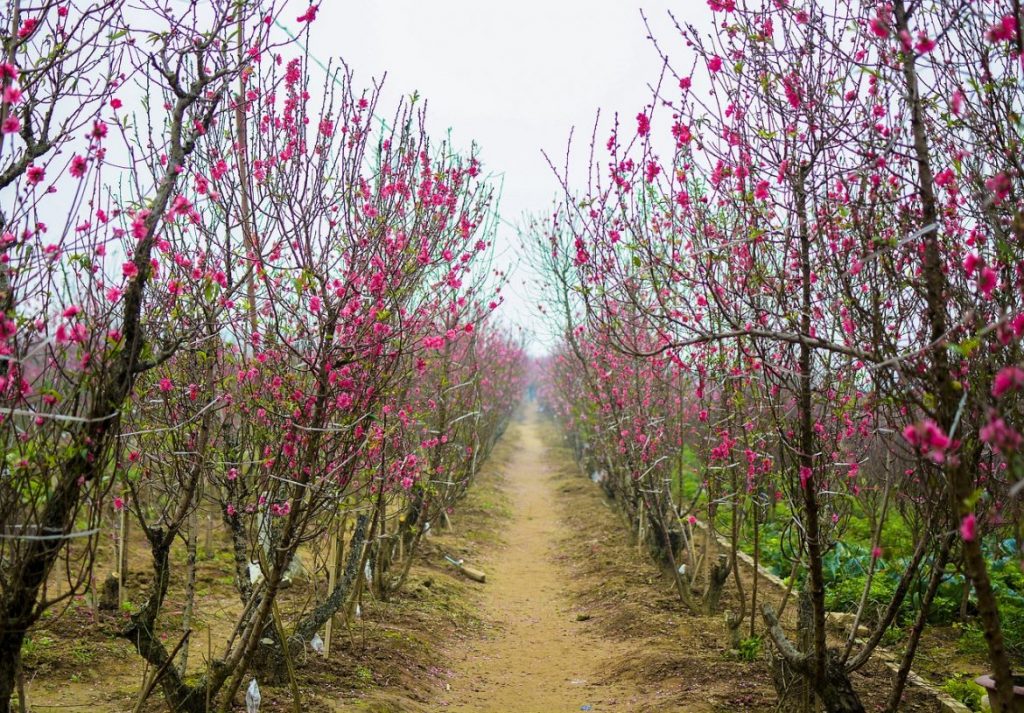
Source: Dustin Do (Pixabay)
Hanoi’s ancient Old Quarter is a top tourist destination for its charming architecture, Buddhist temples, and long, narrow-styled shop houses. In the weeks leading up to Tet, however, the Old Quarter (especially Hang Luoc and Hang Ma street) transforms into a sea of red and gold as shopkeepers display traditional Vietnamese gifts and decorations to ring in the Lunar New Year. If visitors want to see more of the early Tet’s atmosphere in Hanoi, they may go to Nhat Tan and Quang Ba flower villages where peach blossoms and kumquat are showing off their beauty with striking colour for traditional Tet.
2. Romantic Moc Chau in Spring
In the spring days, the Moc Chau plateau is like a fairy, just waking up from sleep, wearing a new dress made of pink peach and white plum intermingling from National Highway 6 to faraway villages. sticky rice.
Moc Chau ( Mộc Châu) is the widest and dreamiest plateau of the Northern mountainous region located in Son La Province which is far about 200 kilometers from Hanoi ( Hà Nội) to the west. Moc Chau entices visitors with its magnificent traditional villages of Vietnamese minor tribes, its many gorgeous flowers ranging from plum flowers to cherry blossoms, its chilly atmosphere. This highland is famous for the majestic beauty of Ang village’s ( Bản Áng) pine forest, Pha Luong ( Pha Luông) mountain peak, Dai Yem ( Dải Yếm) waterfall, and many beautiful attractions, etc.
3. Discovering the charming rocky highland Ha Giang
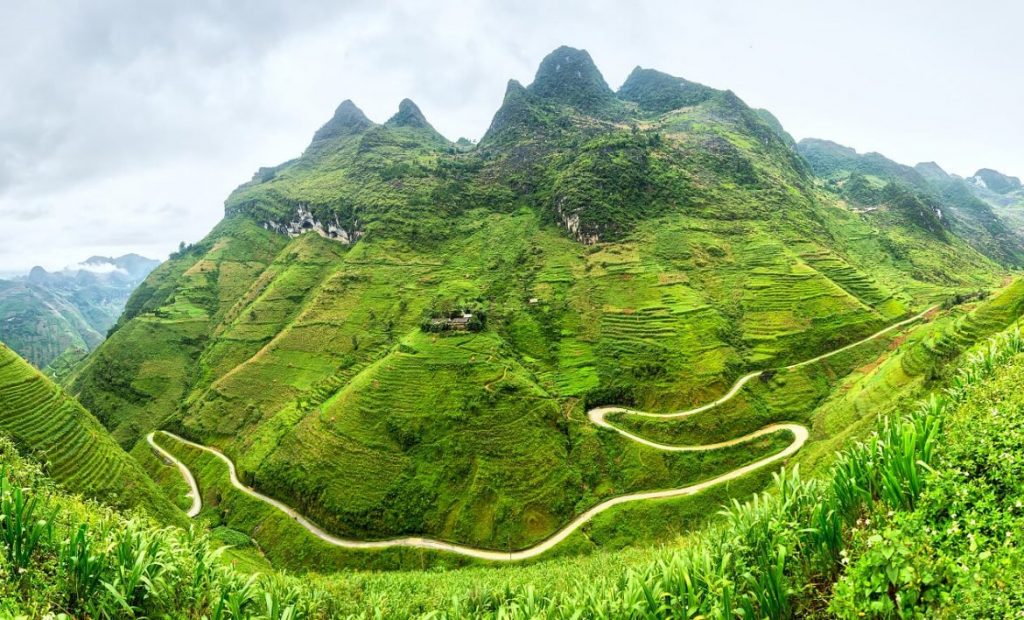
Ma Pi Leng Pass, Ha Giang, Vietnam | Source: Lux Travel DMC
The highland, border province of Ha Giang is located in Vietnam’s northeast region with its wild and magnificent beauty. Ranges of rugged rocky mountains, the narrow paths winding through hills up and down, and the golden rice terraced fields, all embrace lots of mysteries not yet fully discovered. In addition, the unique and rich cultures of more than 20 ethnic groups living in the region, including the Mong, Tay, Dao, Nung, Giay, and others, make the locality more attractive to all visitors.
Ha Giang welcomes the spring with the color of peach blossoms dyed pink on the rocky plateau. Although it is spring, the yellow mustard field in Ha Giang is still in full bloom, highlighting the picture of the early days of the year.
4. A visit to Trang An landscape – The UNESCO World Heritage site (Ninh Binh)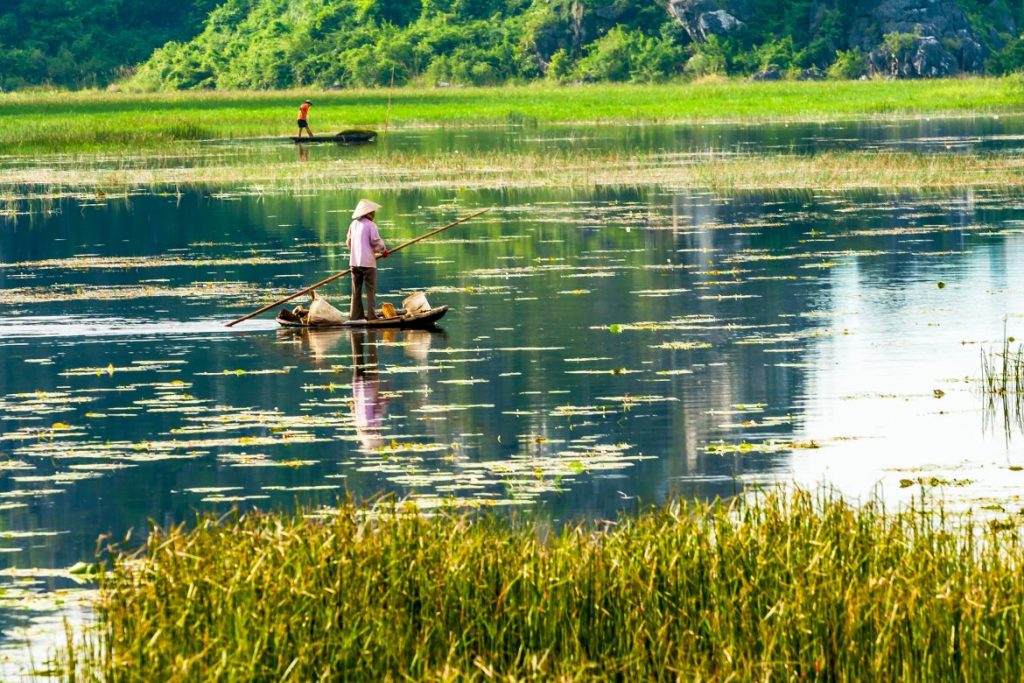
Trang An complex is located in Ninh Binh city (110km from Hanoi centre) recognized as one of The UNESCO World Heritage sites because of the mixed cultural and natural beauty. Visitors can take a boat trip by a local man through a vast area of uninhabited nature, still in its natural state, surrounded by the sound of the river flows and forest. In addition to its Paleolithic history, Trang An was also part of an important modern history of Vietnam.
After visiting Trang An, visitors may have a pray at Bai Dinh pagoda one of Trang An complex which attracts thousands of tourists to pilgrimage on the spring festival. Bai Dinh is also known well as the largest pagoda in Southeast Asia.
5. Exploring the slow city Hue
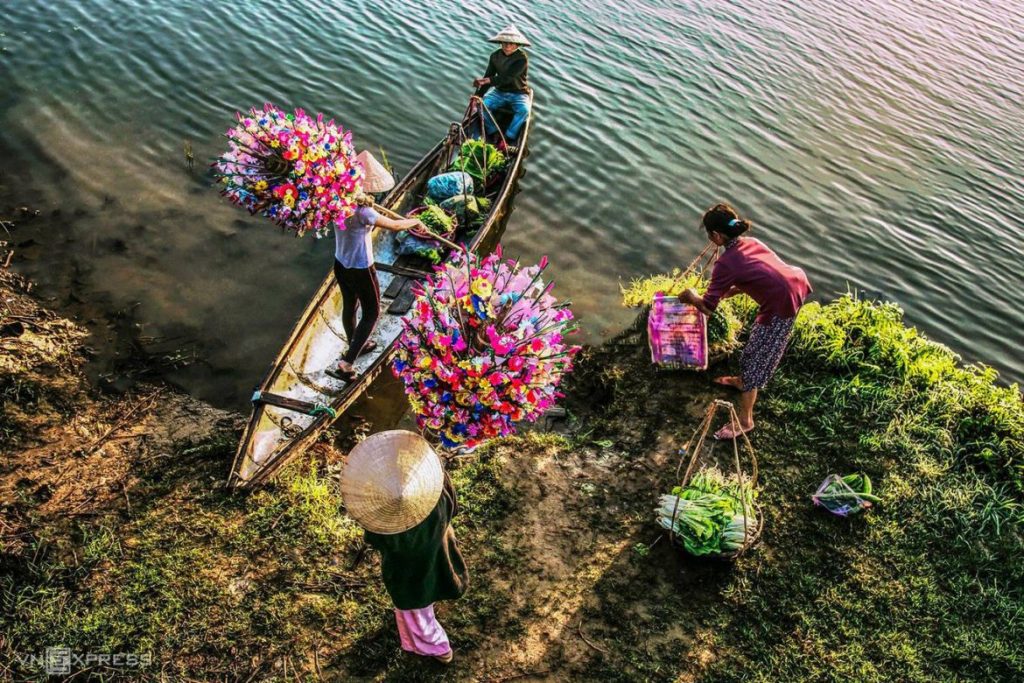
Hue should be one of the top places on your itinerary. It is a wonderful imperial city of Vietnam where you can explore the rich culture and history of this country. Not only is there the Imperial Citadel but there are also many other things to see – the temples, the mountains, the Perfume River, and not to mention tons of off-the-beaten-track discoveries to experience in addition to the historical sites.
January to April is the perfect time to visit Hue. The rains are not aggressive anymore and the weather is temperate, with temperatures that stay between 20 degrees Celsius and 24 degrees Celsius. The temperature can go down to eight degrees Celsius during the winter nights from January to March. It is neither too hot and humid nor too cold and wet during the day, which is wonderful for pleasantly exploring the city.
6. Seeing Sadec in colorful bloom before Tet

One of the best places to taste the Tet atmosphere in the Mekong Delta is Tan Quy Dong Flower Garden in Sa Dec District, Dong Thap Province. A unique feature of Sa Dec is that villages grow flowers all year round on platforms built above water. Farmers, therefore, must wear boots or use boats in taking care of or harvesting the plants. Few weeks before Tet holiday, the local people in Sa Dec are very busy preparing their flowers and bonsai trees ready for Tet, Vietnamese’s biggest festival in February. Sa Dec is considered the floral capital of the Mekong Delta and the main supplier of flowers to provinces and cities across the country, with around 2,500 varieties grown on a total area of 600 hectares.
7. Discover Phu Quoc in the best time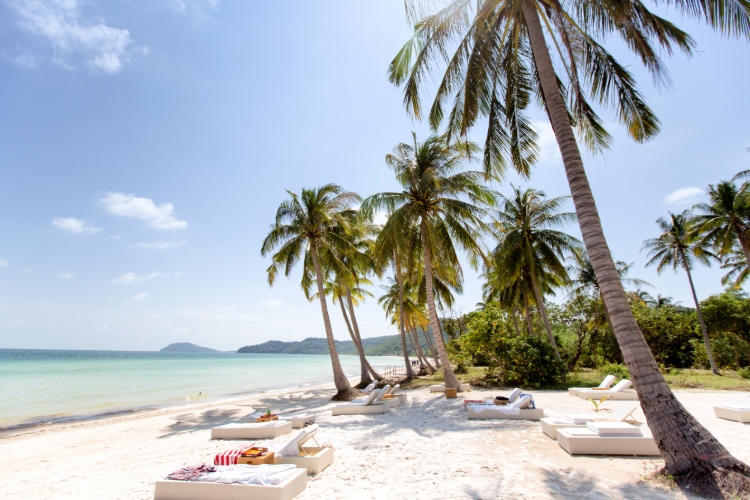
This time of year is great for a beach trip in the south, where the dry season has just started and the rain and storms have departed. The temperature is very nice from 24 to 28 degrees Celsius. Phu Quoc Island has for years been a top destination for many visitors to Vietnam thanks to its beautiful beaches, jungles, turquoise waters, and fresh seafood.
Contact Us
Lux Travel DMC specializes in custom-made holidays with several choices of high-end services for leisure travel, business travel and MICE serving a wide range of luxury travelers from 1 to 1000 people. Taking into consideration every little detail from our dear customer, Lux Travel DMC promises you the perfect tailor-made holiday for everyone: from couples and honeymooners, families, group tours to foodies, golfers or wellness/spa enthusiasts and other travel interests of your liking.
- Address: No.456 Lac Long Quan Street, Tay Ho District, Hanoi, Vietnam
- Phone: (+84) 4 3927 4120
- Email: sales@luxtraveldmc.com
- Hotline: +84-336-276-996
- Website: https://luxtraveldmc.com
